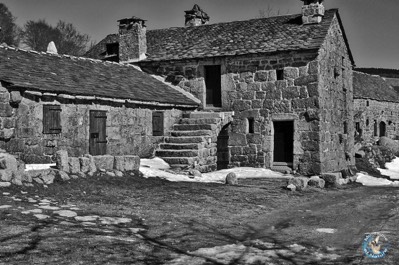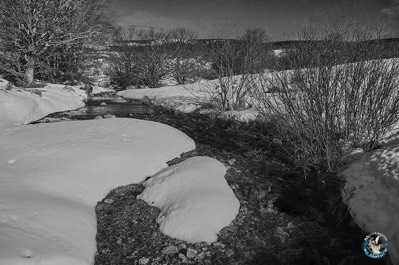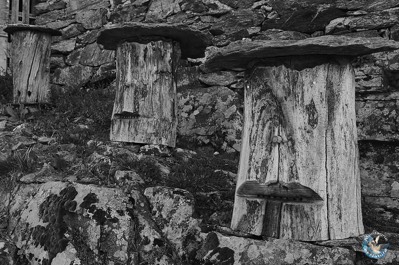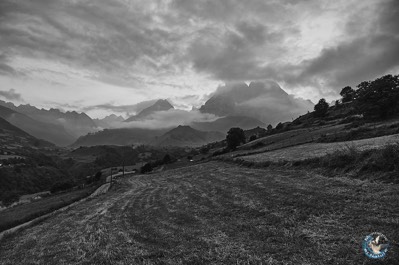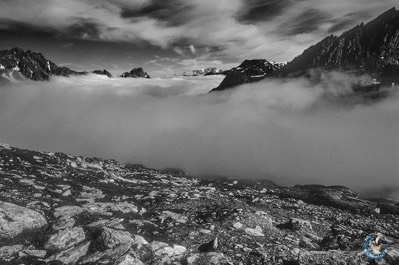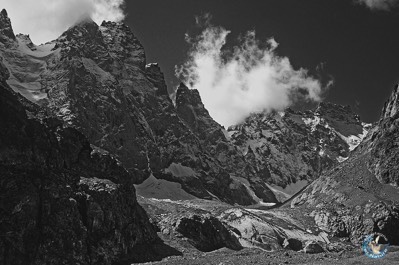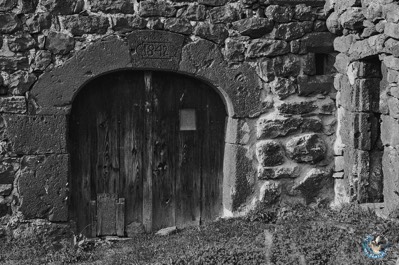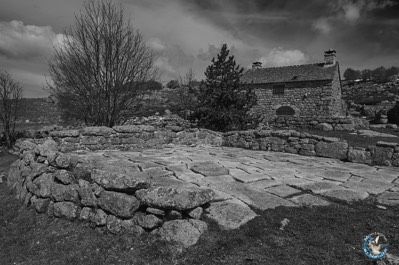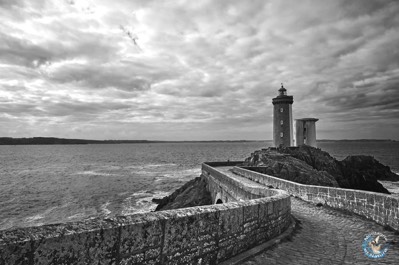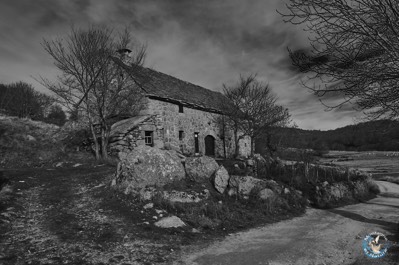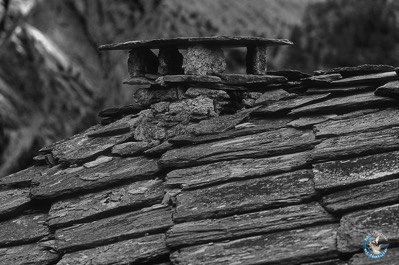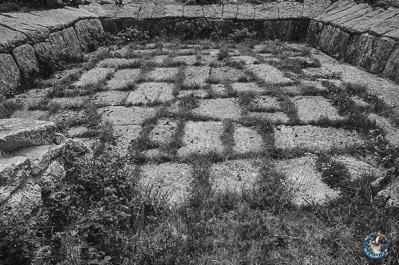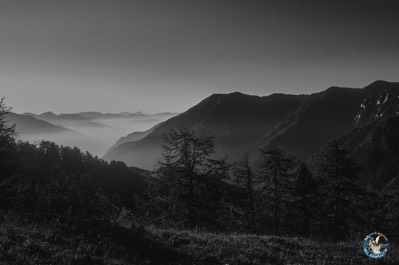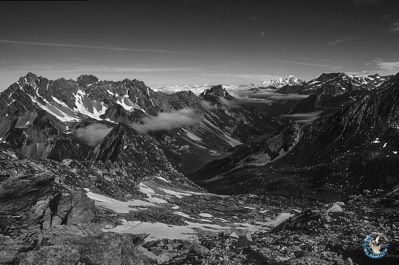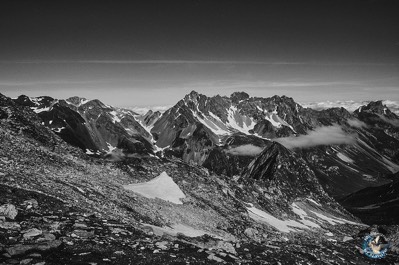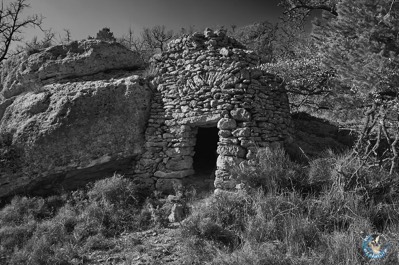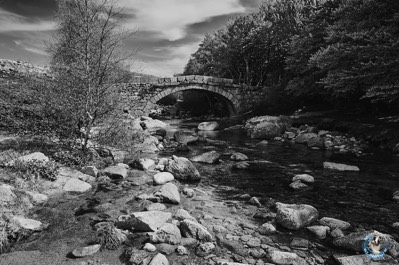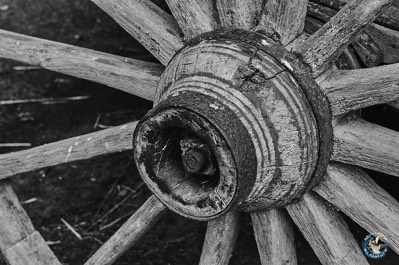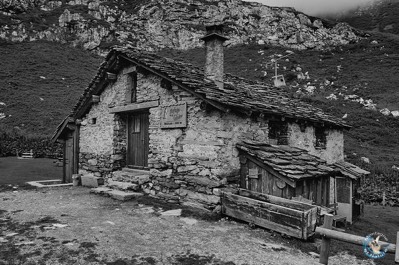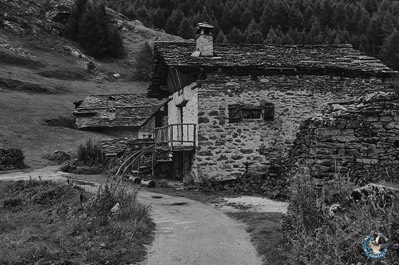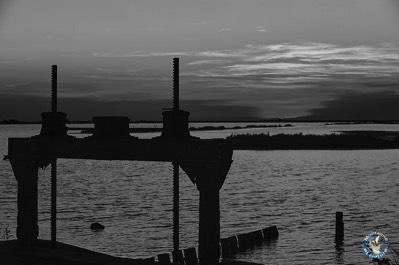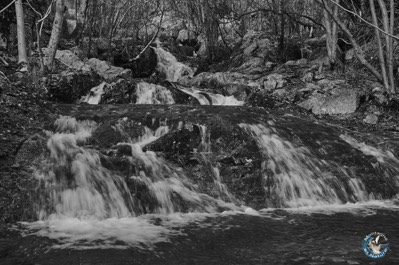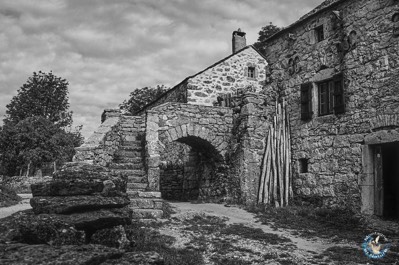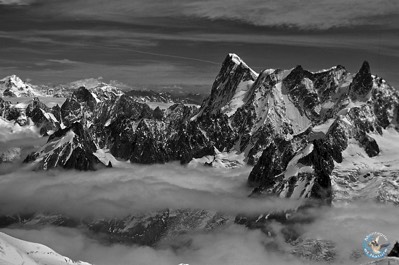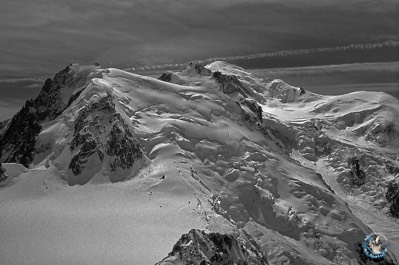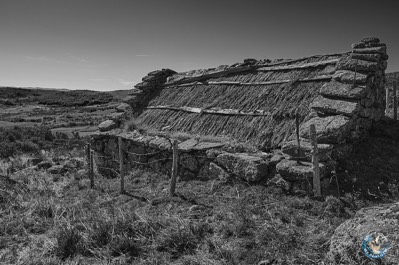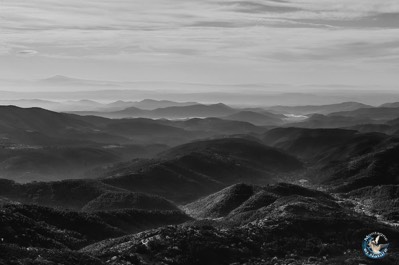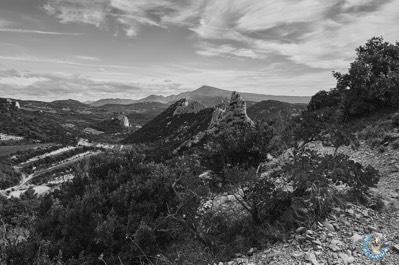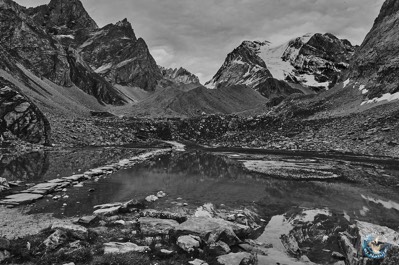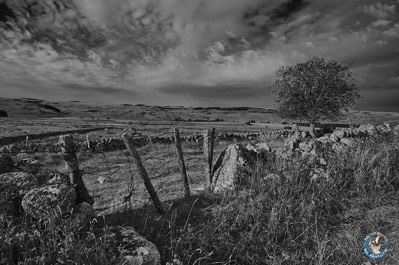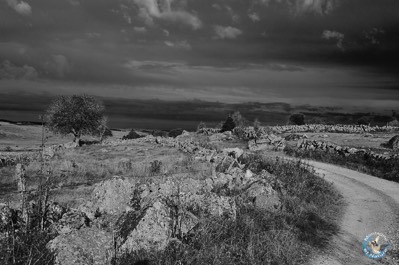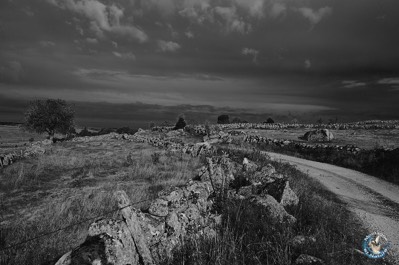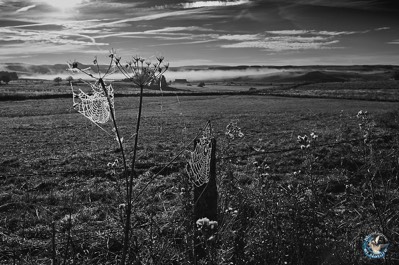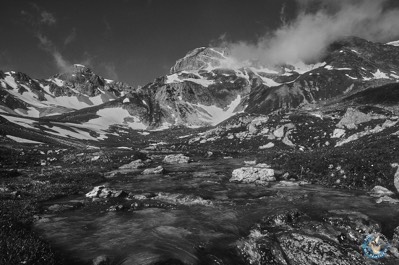-
Read more...Open or Close
Photography in Black and White
Black and white photography is an art in its own right. It brings a dose of mystery, timelessness, and magic to images. Black and white photography has artistic and emotional qualities that can not be achieved with color photography.
The photographer Nadar had shown his ability to make the character of a face at a time when color photography did not really exist yet. The photographer, Simon Marsden, specializes in photos of "haunted" places, so he adopted black and white photography to make his photos more « surnatural ».
Some textures are often magnified by black and white.To make a good photo in black and white, it is preferable to have strong contrasts as well as many different shades of gray. In black and white as there is, by definition no color, we can only play with light tones and dark tones..
The transition from a black and white photo is based mainly on two techniques :- Retouching the contrast and brightness of certain areas of the image.
- The retouch of the brightness of certain colors of the image.
The photographs presented in this gallery, are at the origin of the color photographs (some in tif, from scanned slides; others of file Raw). These photos have been processed and converted with the software Capture One Pro.
Retouching the brightness of certain colors in the image (technique n° 2) is specific to converting an image to black and white. In some software programs, you can apply color filters, the effect of which is similar to the color filters used for argentic photography.The filters have the particularity of stopping part of the wavelengths corresponding to their complementary colors. They let in the wavelengths corresponding to their own colors. Thus, they attenuate their own color while reinforcing their complementary color.
In Capture One Pro, the conversion tool in black and white, is based on this principle of color filtering :
The first 4 filters correspond to those used in film photography, sometimes with different gradations, the last 3 filters allow to refine the filtering.- Red filter: primary, to brighten the reds and darkens the blues and greens, strongly reinforces the clouds and dramatizes a blue sky (red 100%, green 0%, blue 0%)
- Yellow filter: secondary, to lighten the yellows and darken the blues and purples. Ideal filter for the landscape. (50% red, 50% green, 0% blue)
- Green filter: primary, to lighten the greens and darken the reds, perfect for vegetation photos. (0% red, 100% green, 0% blue)
- Orange filter: Tertiary, for lightening reds, yellows and oranges, darkening blues and purples.
- Cyan filter: secondary, passes Cyan but also Green and Blue, it stops its complementary color, the Red. (0% red, 50% green, 50% blue)
- Blue filter: primary, to improve the catch of far by accentuating the mist. He stops red and green. (0% red, 0% green, 100% blue)
- Magenta filter: secondary, it stops its complementary color,the green. (50% red, 0% green, 50% blue)
Primaries, complementary and secondary colors :
- The primaries are : Red, Green and Blue.
- Complementary colors: magenta, cyan, yellow.
- A Secondary corresponds to the addition of two primary equal parts.
- A Tertiary is obtained by adding, in variable proportions, a Primary and a Secondary.
For a given color, its complementary color is that which, added to it and having nothing in common with it, will give the White.
